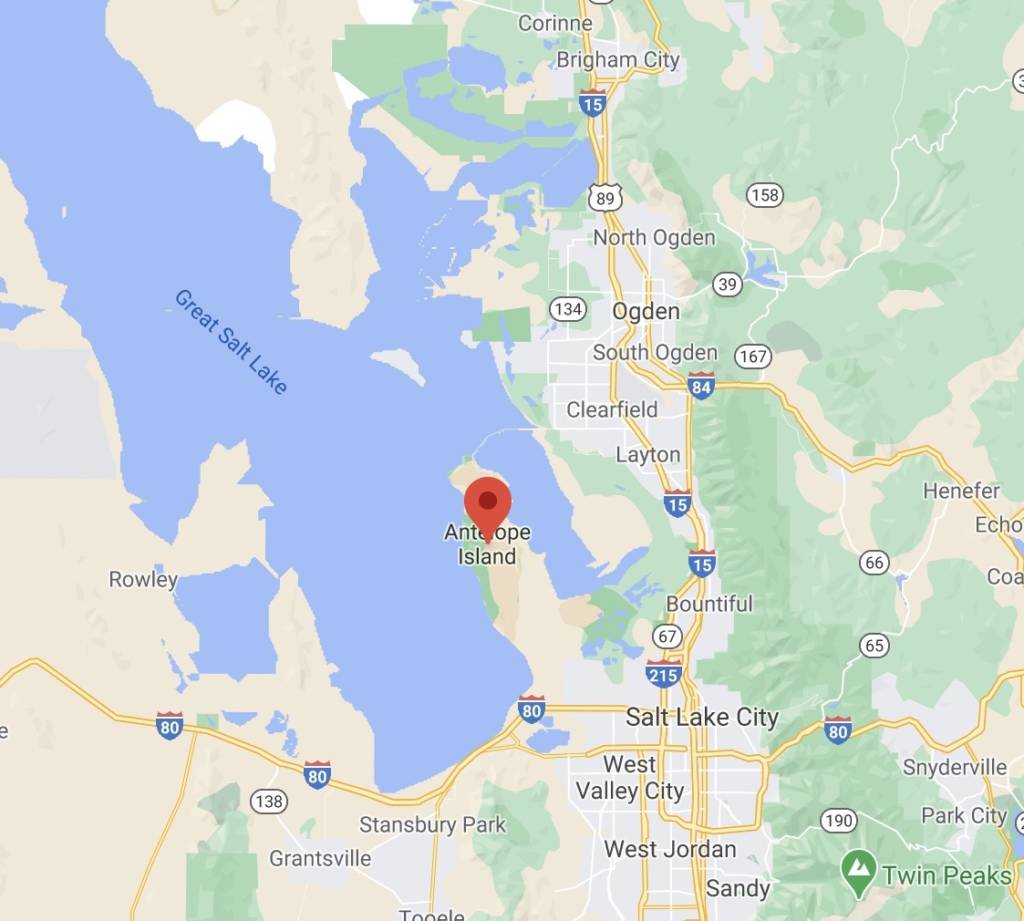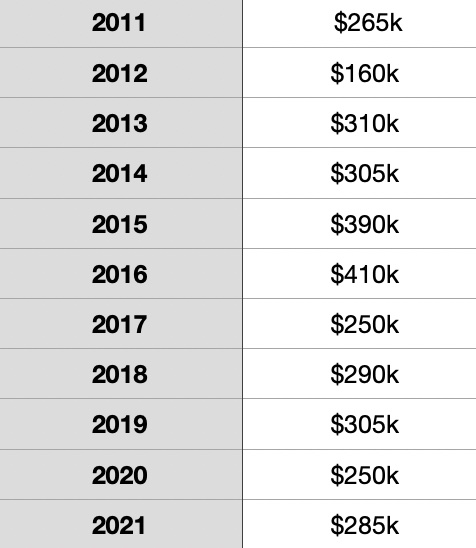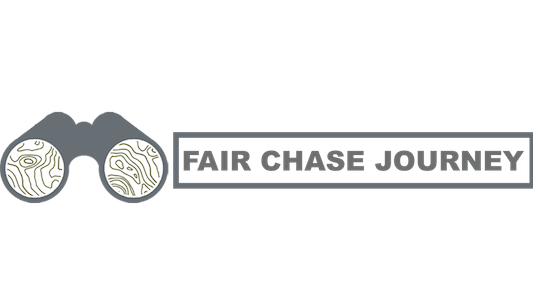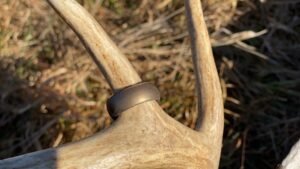
Two Sides of the Coin-The Antelope Island Mule Deer Tag
Forty one miles northwest of Salt Lake City, Antelope Island is the largest of the ten islands in the Great Salt Lake. Originally known as the Fielding Garr Ranch owned by the LDS Church, the State of Utah began to purchase the land in 1969 and repurpose the island into a state park. With the completion of the purchase in 1982, the State of Utah took complete control of the 42 square mile island and the property has been open to the public ever since.
While many species of game are abundant, the island is best known for its populations of bison, antelope, mule deer, and bighorn sheep- for the purpose of this discussion I will focus on mule deer and the controversial auction tag that is purchased each year by the highest bidder.

Background
Let’s rewind to 2011 when Utah legislation authorized two deer tags to be valid on Antelope Island. While one tag would be used in the limited deer draw the second tag would be auctioned off by the Mule Deer Foundation at the Western Hunting and Conservation Expo in Salt Lake City. Up until this point the island had not been hunted and once word was out that tags would be issued for backlash to pour in.
It is obvious that in recent years we as hunters are witnessing outdoor opportunities erode away, mainly trapping and predator hunting (so far), because of public outcry so you can imagine the scene it caused when a new hunting opportunity was presented. Initially the idea of hunting an island sounds like a high fenced opportunity and the auctioning off the ability to do so gives it a negative trophy hunting perception that even most hunters don’t agree with. The idea that money awards you top notch tags can be hard to swallow as it eliminates the general public’s chance and immediately puts the “lucky” tag holder on a pedestal. But for every negative proposition there is an equal positive response and there is much good that comes out of the Antelope Island Deer Tag as well as many auction tags like it.
What Kind of Money Are We Talkin’?
This isn’t your local fire departments cash bash. The Western Hunting Expo draws from a big pool of interested hunters and the starting bid is higher than most outdoorsmen can fathom. In its inaugural year the tag went for $265,000 and as you can see below it has been consistently “expensive”.
This kind of coin can be difficult to wrap your head around. I envision a conversation with my wife where we decide between taking on a mortgage for our home or if the money would be best spent on a deer hunt in Utah.The fact of the matter is that someone will win the auction every year and have no trouble paying the premium- there has actually been repeat winners.

That’s A Lot of Money, Where Does It Go?
90% of the funds are allocated to projects within the state park while the remaining 10% goes to the Mule Deer Foundation for administration expenses associated with the auction. Jeremy Shaw, the state park manager, says the park is self sustainable but the auction money makes conservation projects for mule deer and bighorn sheep possible.
“What I want to get through to everybody and what is probably the biggest misnomer out there is that that hunt money is used to run the park. And that’s very, very far from the truth. We aren’t allowed to spend that money on any park function. We strictly spend that money on habitat for bighorn sheep and mule deer.” –Jeremy Shaw, Antelope Island State Park Manager (2016)
The two areas where the funds have been used are fresh water management and restoration efforts for mule deer and bighorn sheep both inside the island’s boundaries and throughout the state of Utah. Most recently, in 2019 the entire Bighorn sheep herd had to be extinguished after disease swept through the island. While not confirmed, the thought is that the Movi virus was introduced into the herd after a bighorn had left the island, came in contact with domestic sheep, and then returned to the wild herd- in low water level conditions the island actually becomes a peninsula with the mainland.
Funds from the auction tags in part made it possible for the Utah DWR to re-establish the herd. In a world where we rarely see the end result of our tax contributions or donations go it is reassuring to see conservation dollars being well spent.
The Hunt
Many state parks across the country allow controlled hunts to manage population densities and if you are willing to jump through any hoops the state agency throws at you it is easy to have an enjoyable experience. AntelopeIsland State Park offers respectable regulations that are easy to navigate. As the auction winner you have the ability to hunt the island a week before the state season opens (remember one lucky individual will actually draw a tag) and scouting is allowed in designated areas as long as you check in with park personnel. Day use fees will be waived but if you intend to camp you’ll be asked to pay the overnight price. Some may think that hunting a state park is comparable to a high fenced operation but the topography and cover on the 26,000 acres available give deer many places to disappear. Outfitters have been commonly used during the hunt, without a doubt shortening the learning curve for a hunter that is not familiar with the landscape. Hunters must check in with park personnel each day and once an animal has been killed it must be checked in at park headquarters. During transportation the animal must be completely covered and not visible to the public, including the head. Hunters have reported that while the experience is unique it is also well planned and any special rules that are put in place are easy to interpret.
The Big Picture
The suggestion that the right to hunt in an otherwise restricted area can be purchased by the highest bidder will remain controversial in nature to hunters and non hunters, alike. At first glance the Antelope Island mule deer tag seems like an opportunity for a wealthy collector to outspend, beat their chest, and put themselves on a pedestal that few of us can obtain. The reality is that conservation costs money, and lots of it.
If we can look past our own opposition and recognize the good that comes from the money raised through the Antelope Island deer tag auction we can understand the importance of the opportunity. Conservation rides on the idea that removing a few individuals from the population results in long term gains for the species.
The intention of conservation is not to maintain our wild places, but rather improve them. For a public land DIY hunt, a non resident pays upwards of 60% more for a license to hunt in the same area as residents do, further proving that hunters are willing to pay a premium for the experience.
Excess funds are necessary for the conservation model in the United States and while we might gripe about the price of auction tags or non resident licenses, we can embrace the opportunities that they afford us as sportsmen.









